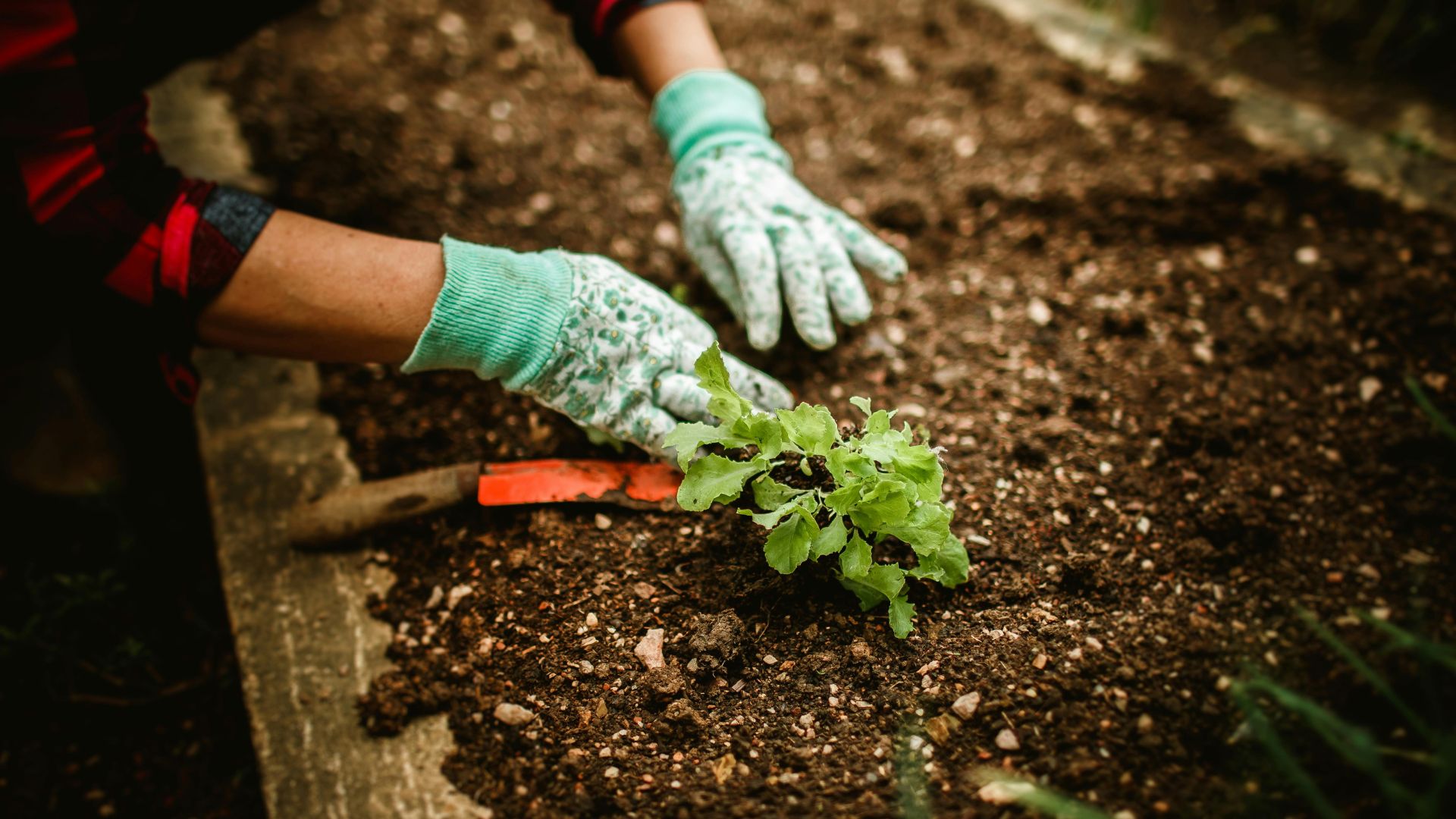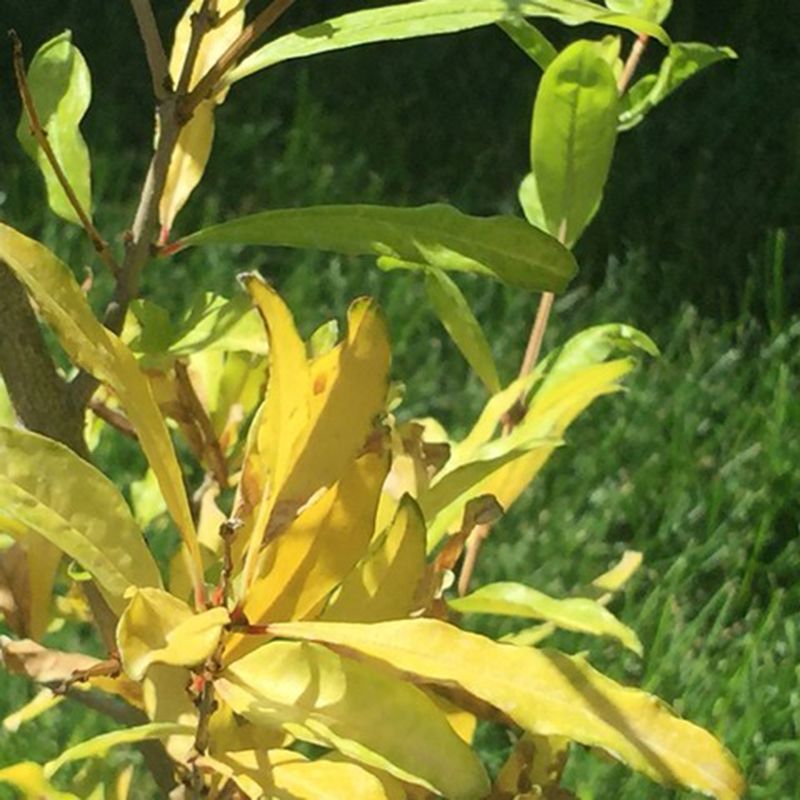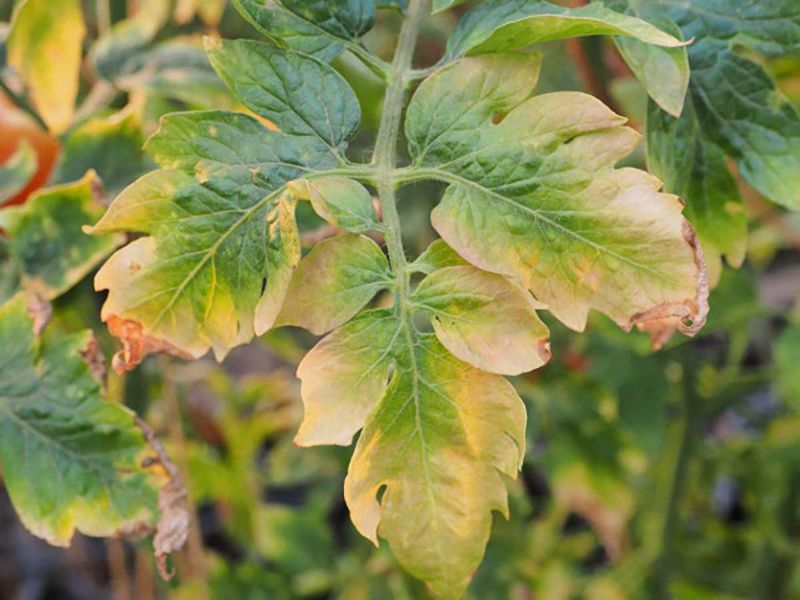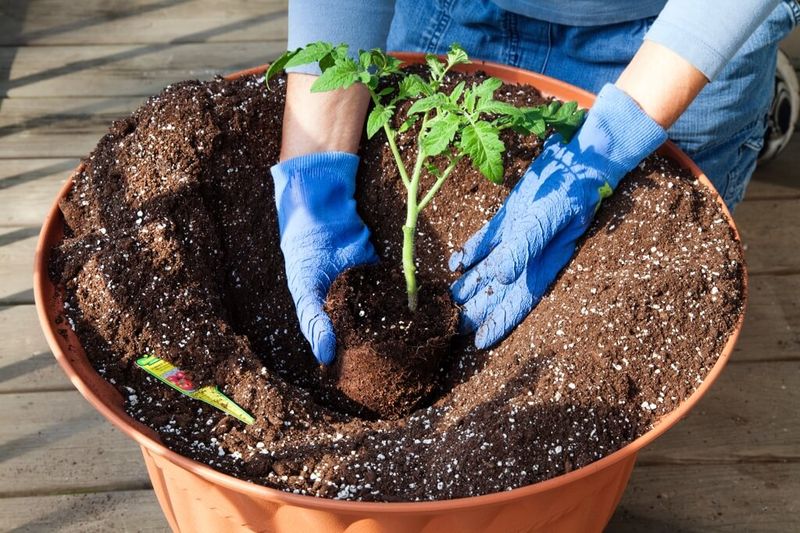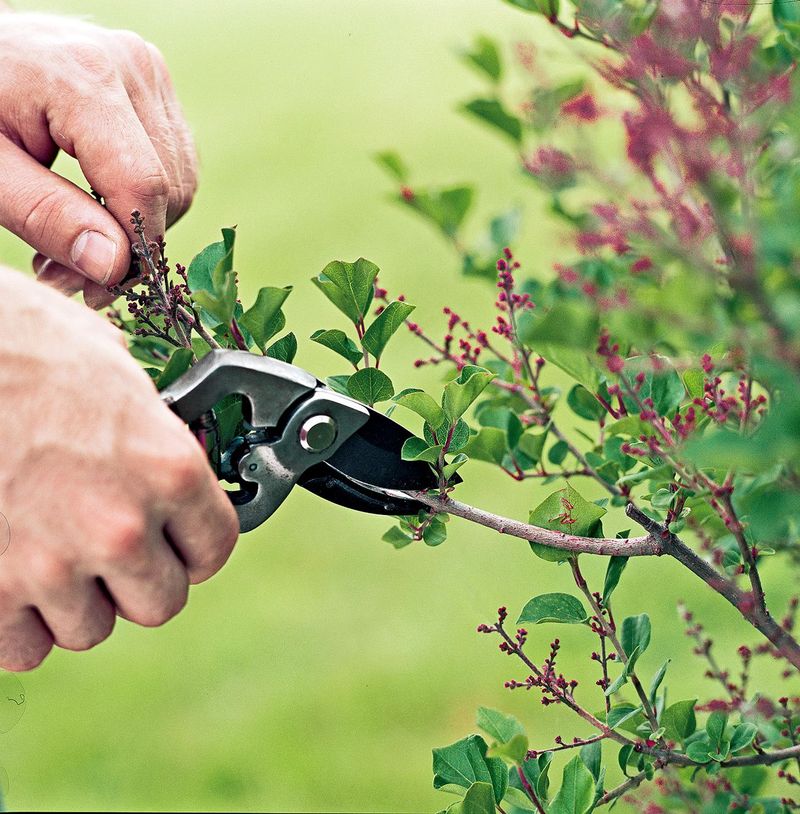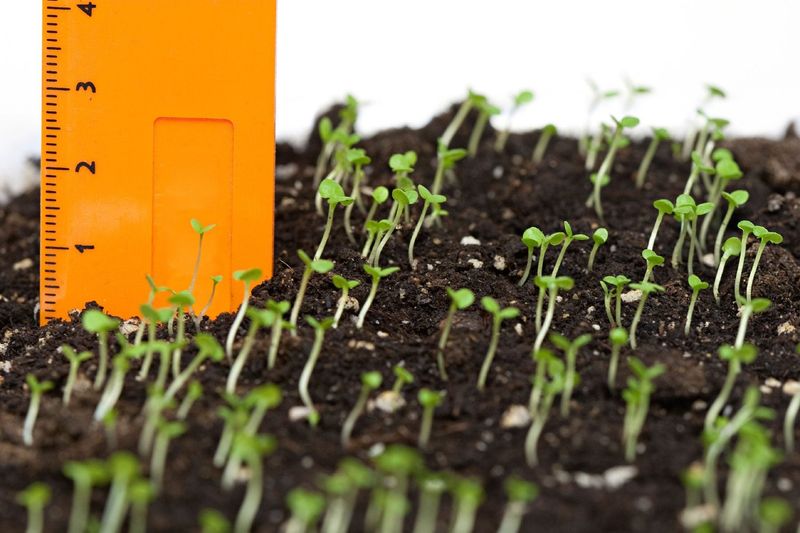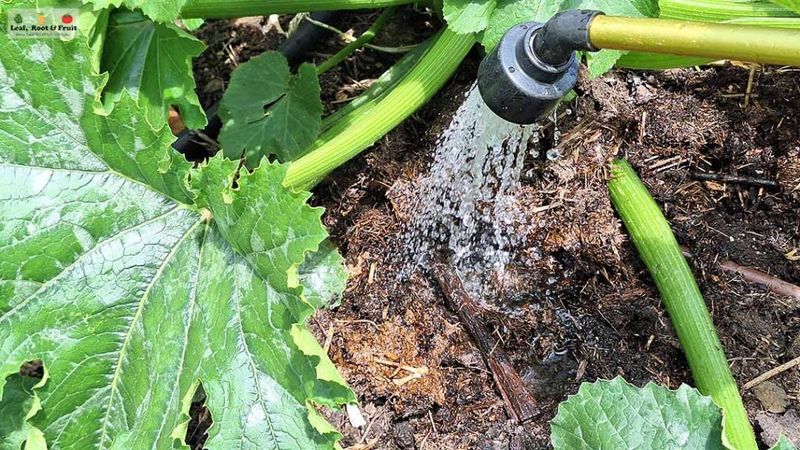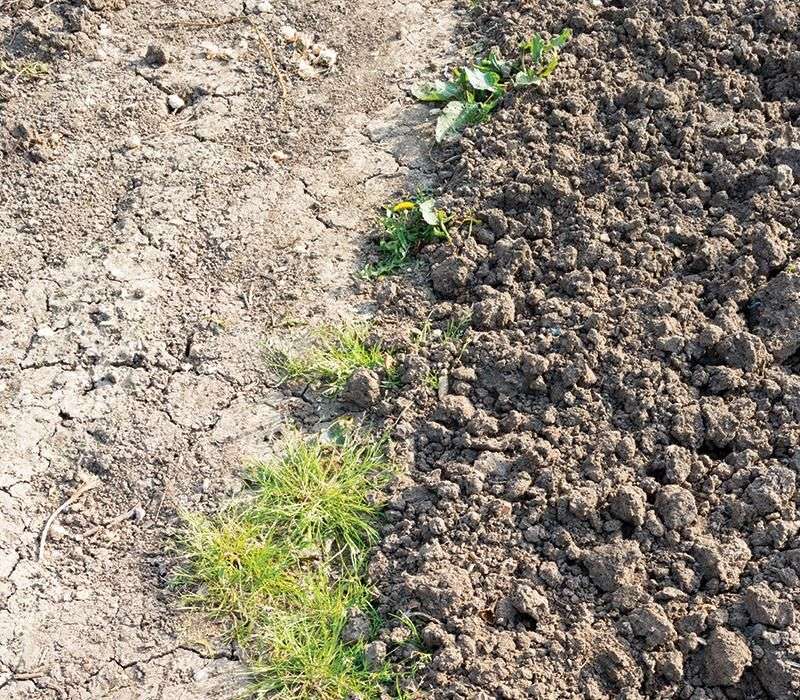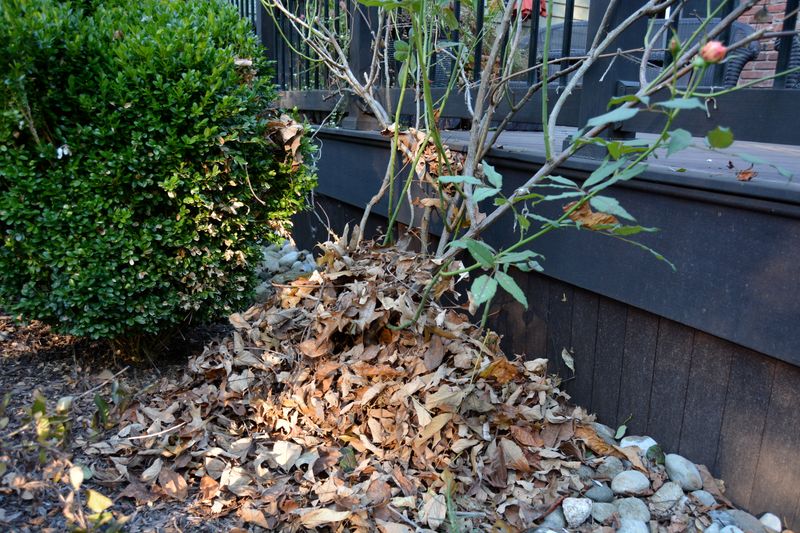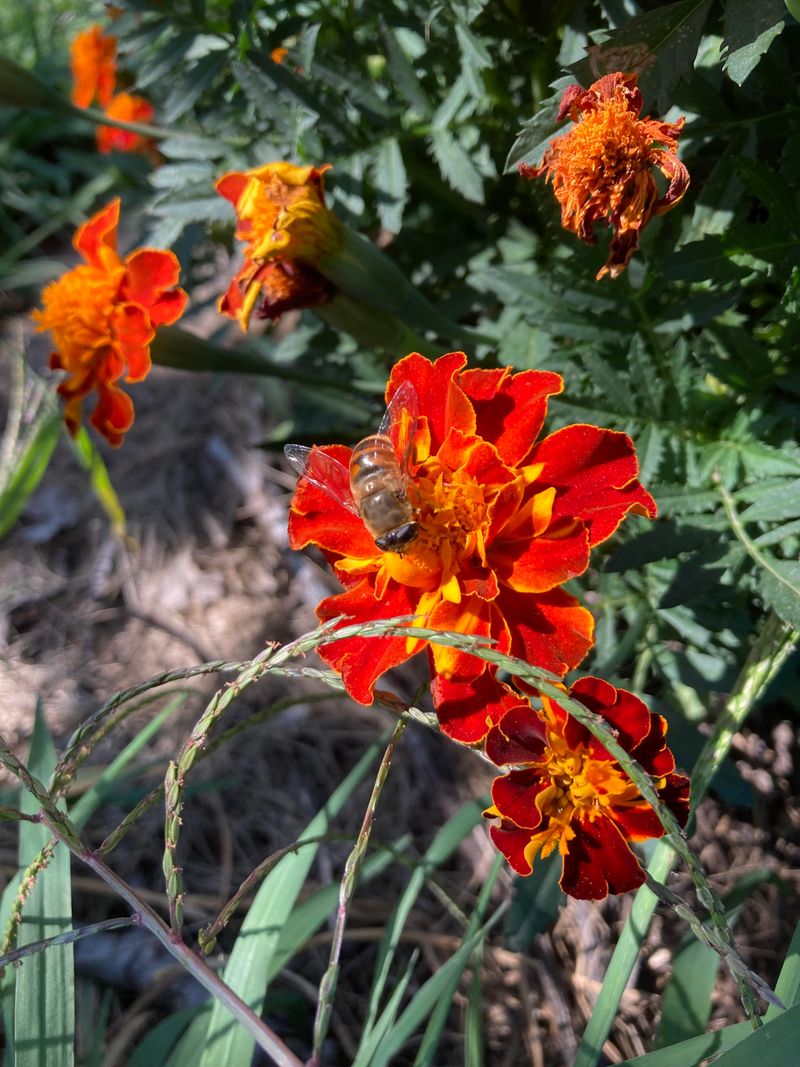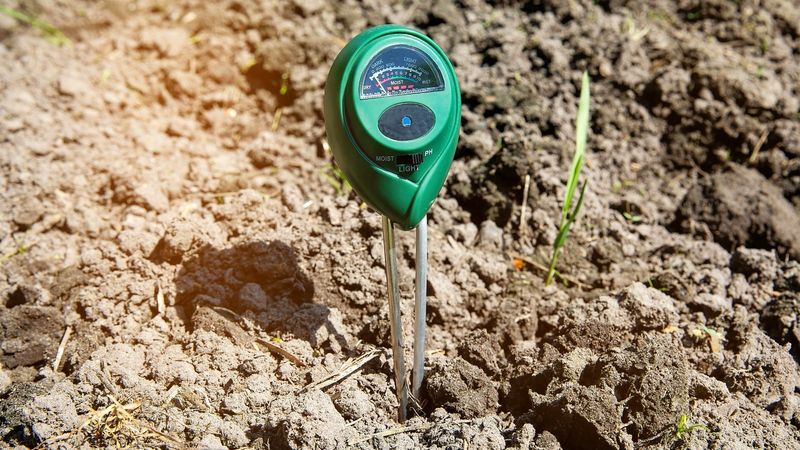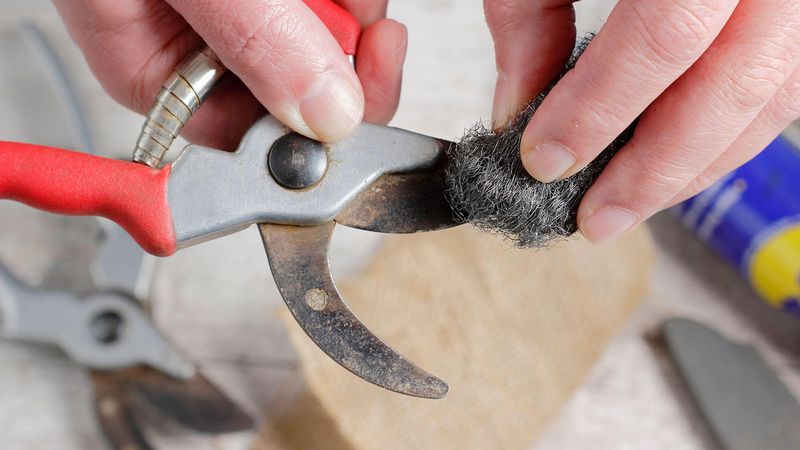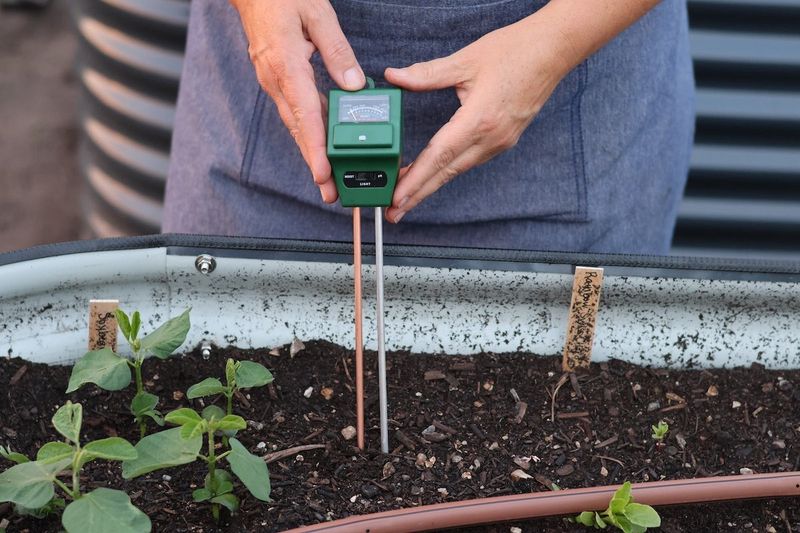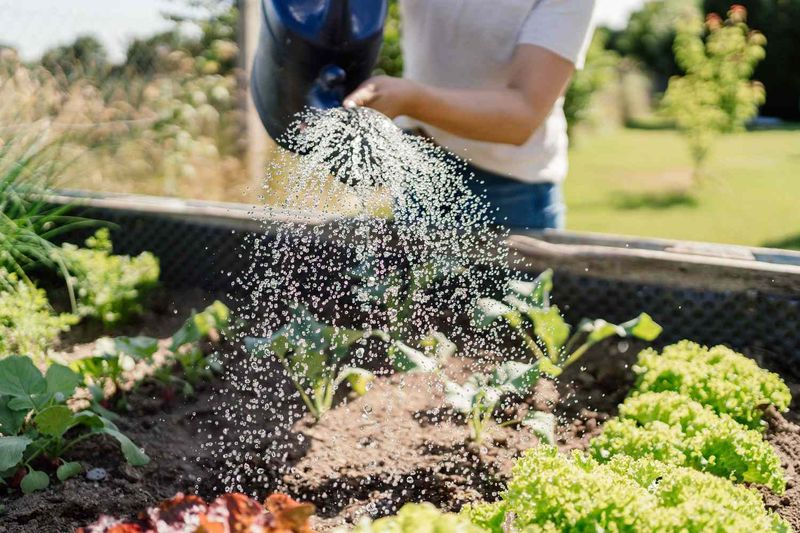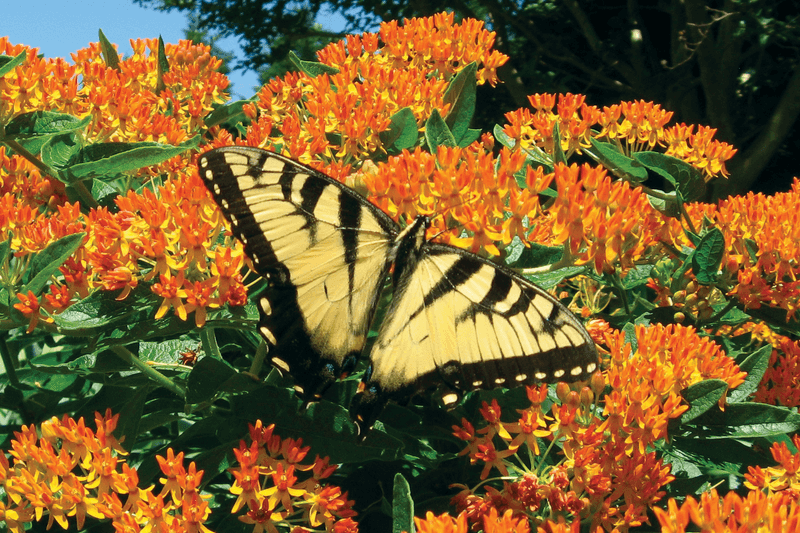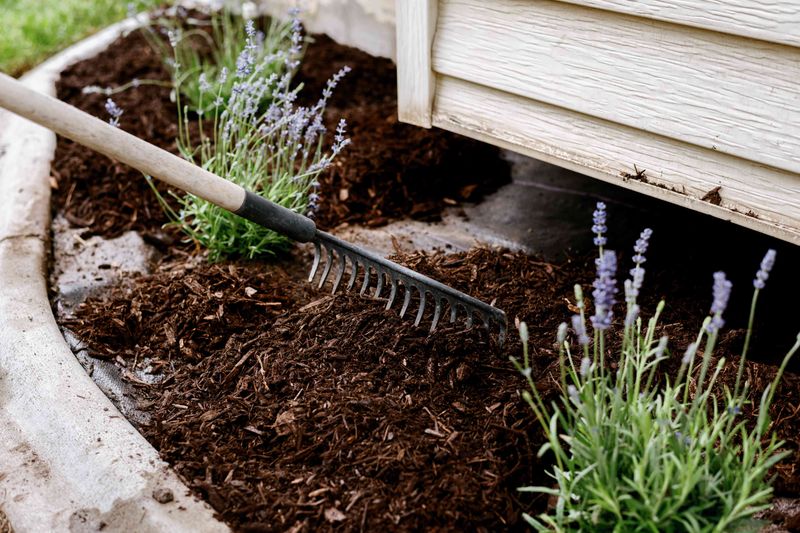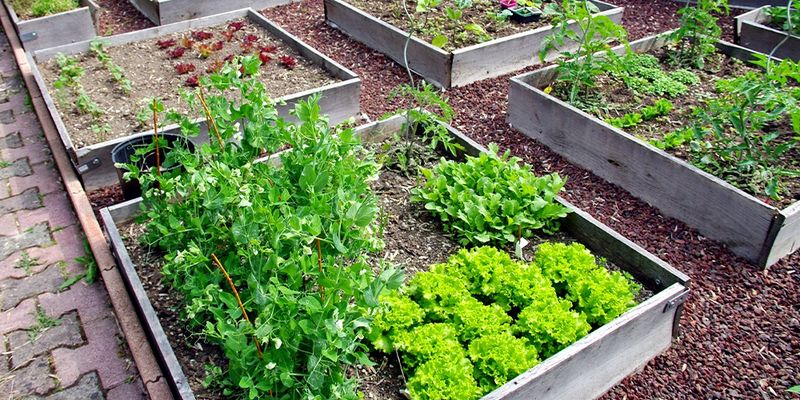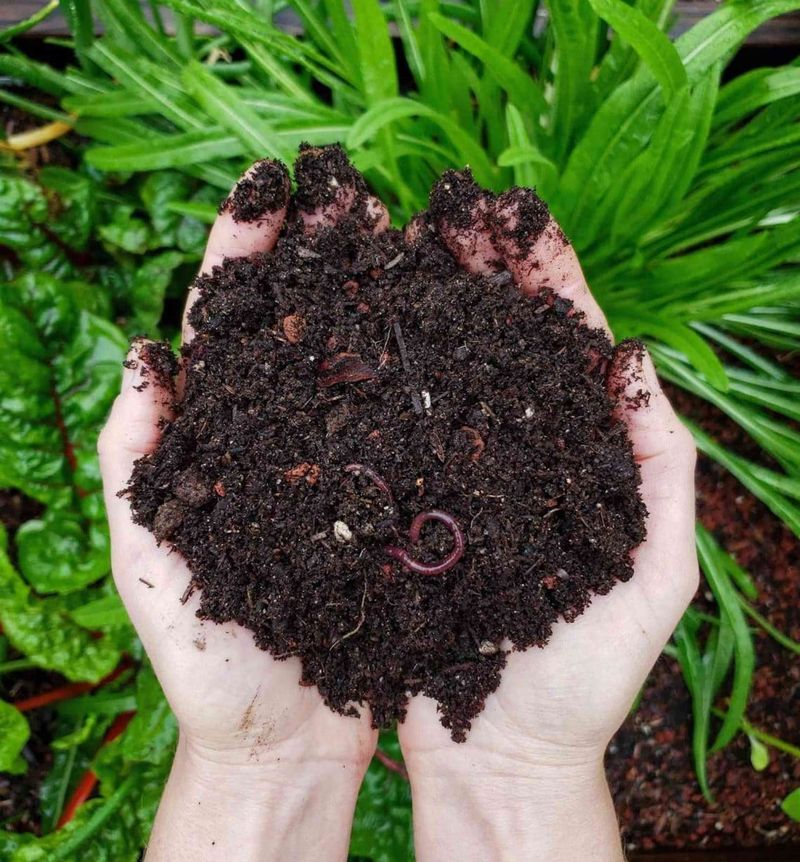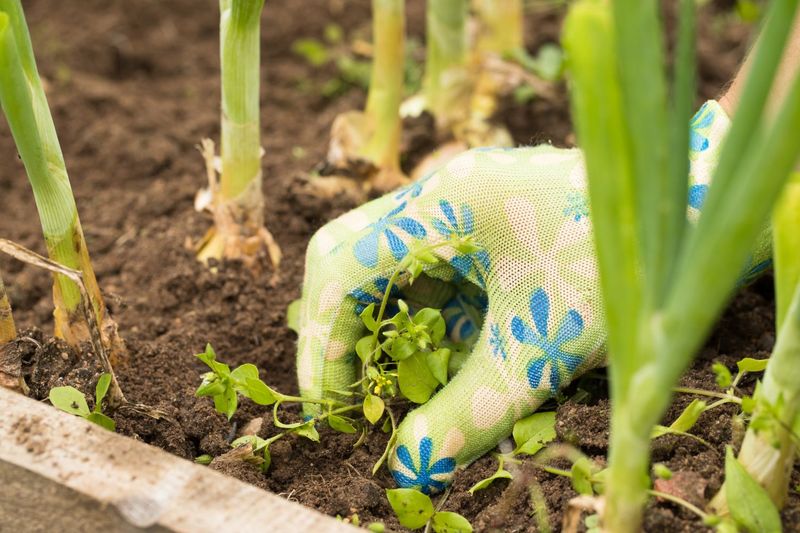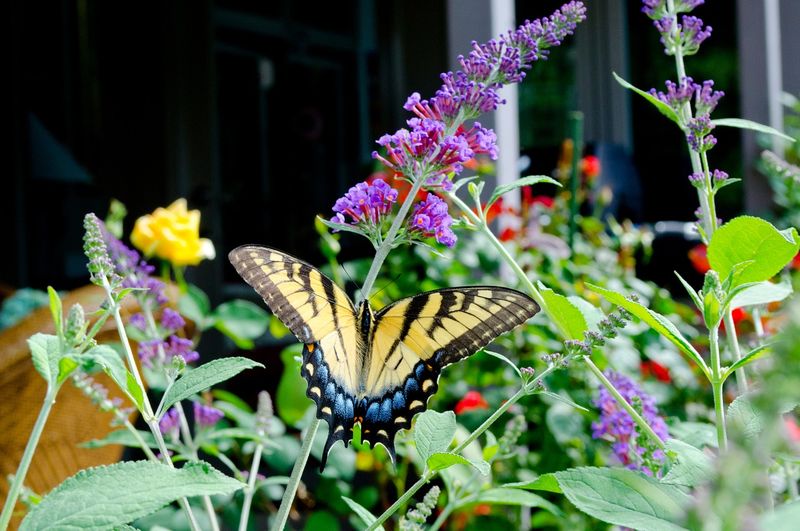Gardening is one of those simple joys that brings peace, beauty, and a sense of accomplishment. But I’ve learned the hard way that even with the best intentions, some habits can quietly do more harm than good.
From overwatering to using the wrong tools, it’s surprisingly easy to stress out our plants without even realizing it. I used to think I was helping—until I noticed the leaves drooping or blooms fading too soon. Luckily, a few small changes can make a big difference.
Once you know what to avoid (and what to do instead), your garden can truly thrive—lush, vibrant, and full of life all season long.
1. Overwatering Plants
I used to drench my plants daily, thinking more water meant more love. Boy, was I wrong! Soggy soil suffocates roots and creates the perfect breeding ground for fungal diseases like root rot.
Plants actually prefer a good drink followed by time to dry out a bit. When I started checking soil moisture with my finger before watering, my plants perked up dramatically.
The signs of overwatering—yellow leaves, mushy stems, and moldy soil—often look similar to underwatering, making this mistake even trickier to spot in your garden.
2. Fertilizing Too Frequently
I once thought my tomatoes needed weekly fertilizer to produce juicy fruits. Instead, they developed burned leaf edges and stunted growth from fertilizer buildup.
Excess nutrients can harm beneficial soil microbes and create chemical imbalances. Plants can’t use all those nutrients at once, and the leftovers can damage delicate root systems.
Most garden plants only need fertilizing a few times per growing season. I’ve learned to follow package directions carefully and err on the side of less rather than more when feeding my garden friends.
3. Planting Too Deeply
Last spring, I buried my tomato seedlings extra deep, thinking those additional inches would give them more stability. While tomatoes can develop roots along their stems, most plants aren’t so adaptable.
Setting plants too deeply can suffocate the crown—that critical transition point between roots and stems. The buried stem often rots instead of thriving, leading to stunted growth or complete failure.
Now I make sure to plant most seedlings at the same depth they were in their containers. The difference in plant health has been remarkable, with stronger stems and more vigorous growth throughout the season.
4. Improper Pruning Techniques
My first attempts at pruning resembled a bad haircut—snipping randomly wherever growth looked too wild. These jagged, improper cuts created entry points for diseases and pests while stressing my plants.
Clean cuts matter tremendously. Using dull or dirty tools spreads plant diseases and creates wounds that heal slowly. I’ve learned to sanitize my pruners between plants with rubbing alcohol.
Timing matters too. I pruned my hydrangeas in fall one year and wondered why they didn’t bloom the next summer. Many flowering shrubs set their buds the previous season, so improper timing can eliminate an entire year’s flowers.
5. Ignoring Plant Spacing Requirements
The empty spaces between tiny seedlings always tempted me to plant more closely than recommended. Who could believe that tiny basil seedling would need 12 inches of space?
Crowded plants compete fiercely for light, nutrients, and water. This competition weakens all plants involved and creates poor air circulation—a recipe for powdery mildew and other fungal problems.
After losing half my cucumber crop to disease from overcrowding, I now faithfully follow spacing guidelines on seed packets. The plants grow larger, produce more, and stay healthier throughout the season.
6. Watering Foliage Instead Of Soil
Spraying water over my plants felt satisfying—like creating a refreshing rain shower for my garden. Unfortunately, this habit created the perfect environment for leaf diseases to flourish.
Wet leaves, especially when they stay damp overnight, become magnets for fungal problems like powdery mildew and black spot. Water droplets can even act like tiny magnifying glasses, intensifying sunlight and burning delicate leaves.
I’ve switched to soaker hoses and drip irrigation that deliver water directly to the soil where roots need it. My roses and vegetables have never looked healthier, with significantly fewer disease problems throughout the growing season.
7. Compacting Soil By Walking On Beds
For years, I’d step into my garden beds to reach plants in the middle, not realizing the damage my footsteps caused. Each step compressed the soil, squeezing out air pockets that roots need to breathe and grow.
Compacted soil becomes like concrete to delicate root systems. Water runs off instead of soaking in, and roots struggle to expand through the dense earth. Plants become stunted and struggle to access nutrients.
Adding stepping stones and using long-handled tools has eliminated my need to walk on beds. When I absolutely must step in, I use a wide board to distribute my weight across a larger area.
8. Over-Mulching Around Trunks
I once created perfect “mulch volcanoes” around my trees, thinking I was protecting them from weed competition and moisture loss. Instead, I was slowly suffocating their trunks and creating hiding spots for pests.
Mulch piled against tree trunks traps moisture against the bark, leading to rot and fungal diseases. These mulch mounds also create perfect homes for rodents that may chew on the bark during winter.
Now I keep mulch at least 3-4 inches away from trunks, creating a donut shape rather than a volcano. My trees have healthier bark and fewer pest problems since making this simple change.
9. Removing All Fallen Leaves
Fall cleanup used to mean removing every last leaf from my garden beds. I’d rake everything bare, thinking I was being a tidy gardener. Little did I know I was removing nature’s perfect mulch and fertilizer.
Fallen leaves break down to feed soil organisms and return nutrients to plants. They also provide essential winter habitat for beneficial insects like butterflies and native bees that help pollinate our gardens.
These days, I chop leaves with my mower and spread them in beds as free mulch. I’ve noticed more earthworms, fewer weeds, and plants that seem happier with their natural blanket of protection through winter.
10. Using Chemical Pesticides Indiscriminately
When aphids attacked my roses, I grabbed the strongest spray I could find. It killed the aphids—along with ladybugs, bees, and other beneficial insects that would have naturally controlled the pest population.
Broad-spectrum pesticides don’t discriminate between helpful and harmful bugs. They disrupt the natural balance of your garden ecosystem and can create stronger pest problems when beneficial predators are eliminated.
I’ve switched to targeted treatments like insecticidal soap for specific problems, and I accept some leaf damage as part of having a living garden. The result? More birds, butterflies, and natural pest control working for me.
11. Planting Without Soil Testing
For years, I dumped lime on my garden because someone told me it was good for plants. My vegetables struggled until I finally tested my soil and discovered it was already alkaline—the opposite of what most garden plants prefer!
Soil pH and nutrient levels vary tremendously from yard to yard. Adding amendments without knowing what your soil needs wastes money and can create worse growing conditions for your plants.
A simple soil test from my county extension office revealed exactly what my garden needed. After adjusting based on test results, my vegetable yields doubled and flowering plants bloomed more vigorously than ever before.
12. Neglecting Tool Maintenance
My pruners used to be so dull that they crushed stems instead of cutting them cleanly. I’d struggle through pruning jobs, never realizing how much damage I was causing to my plants with those jagged, torn cuts.
Dirty tools spread disease between plants. I once infected an entire tomato bed with blight by using the same uncleaned pruners on every plant. The spores transferred easily from the first sick plant to all the healthy ones.
Now I clean my tools after each use and sharpen them regularly. The difference is remarkable—clean cuts heal quickly, and my plants show fewer signs of stress or disease after maintenance pruning.
13. Test Soil Before Planting
My garden struggled for years until I finally tested my soil. The results explained everything—my pH was too high for most vegetables, and I lacked key nutrients.
Soil tests reveal the invisible factors affecting plant health. They’re like a roadmap showing exactly what amendments your specific garden needs, rather than guessing based on general advice.
After adjusting my soil according to test results, the transformation was incredible. Plants that barely survived now thrive, and I’ve saved money by only adding amendments my garden actually needs. Most county extension offices offer affordable testing—it’s the best $20 I’ve spent on gardening.
14. Water Deeply And Less Frequently
I used to give my garden quick, shallow waterings every day. My plants developed shallow roots that couldn’t handle any drought stress, and they’d wilt dramatically if I missed even one day.
Switching to deep, infrequent watering changed everything. When water penetrates 6-8 inches down, roots grow deeper to reach it, creating stronger plants that can withstand dry spells.
Now I water thoroughly once or twice weekly depending on rainfall and temperature. My finger test is simple—if soil feels dry 2 inches down, it’s watering time. My plants have become remarkably more resilient, with stronger stems and better production.
15. Embrace Native Plants
I spent years fighting nature, trying to grow fussy exotic plants that demanded constant attention. The turning point came when I planted native coneflowers on a whim and watched them thrive with almost no care.
Native plants have co-evolved with local conditions and wildlife. They generally need less water, fertilizer, and pest control than non-natives because they’re already adapted to your specific growing environment.
My garden now includes at least 50% native plants, and the difference is remarkable. Maintenance time has been cut in half, while butterfly and bird visits have doubled. Even during drought years, these plants perform beautifully with minimal intervention.
16. Mulch Properly
The first time I used mulch, I spread it too thinly and wondered why weeds still popped through. The next time, I piled it too deeply against plant stems, causing rot and attracting pests.
Proper mulching is about balance. A 2-3 inch layer suppresses weeds and retains moisture without suffocating plants. Keeping mulch pulled back from stems prevents moisture-related diseases and discourages rodents from nesting.
I prefer organic mulches like shredded leaves, straw, or bark that break down over time to feed the soil. The improvement in my garden’s weed suppression and moisture retention has been dramatic, and I water about half as often as before.
17. Practice Crop Rotation
For three years, I planted tomatoes in the same spot, watching as they grew weaker each season despite adding more fertilizer. I didn’t understand that I was creating the perfect environment for tomato-specific diseases to build up in the soil.
Crop rotation breaks disease cycles by changing what grows where. Plants from different families have different nutrient needs and vulnerabilities, so rotating helps balance soil nutrients and reduces pest problems.
I now keep a simple garden map and rotate plant families through different beds each year. My vegetables are noticeably healthier, and I’ve reduced both disease problems and fertilizer needs simply by not planting the same crops in the same spots.
18. Start A Compost Pile
Kitchen scraps and yard waste used to fill my trash can until I started a simple compost pile. Now these “waste” materials transform into rich, dark soil that my garden plants absolutely love.
Compost improves soil structure, adds slow-release nutrients, and introduces beneficial microorganisms. It’s literally alive with helpful bacteria and fungi that create healthier growing conditions for plants.
My basic system involves layering green materials (vegetable scraps, coffee grounds) with brown materials (fallen leaves, cardboard). With occasional turning, it creates garden gold that has dramatically improved my clay soil’s drainage and fertility. Store-bought soil amendments can’t compare.
19. Hand-Pull Weeds When Young
I once ignored tiny weed seedlings, thinking I’d deal with them later. Before I knew it, they’d taken over entire beds and were nearly impossible to remove without damaging my plants.
Young weeds with shallow roots pull out easily, especially after rain or watering. Just 10 minutes of regular weeding prevents hours of difficult work later and reduces competition for your plants.
My favorite tool is a simple hand cultivator for loosening soil around small weeds. I keep it hanging by the garden gate and grab it whenever I spot unwanted seedlings. This simple habit has transformed my garden from weed-choked to remarkably clean with minimal effort.
20. Observe More, Intervene Less
My gardening breakthrough came when I stopped rushing to fix every little problem. After finding caterpillars on my parsley, I almost sprayed pesticide—until I realized they were swallowtail butterfly larvae that would become beautiful pollinators.
Patient observation reveals connections you might miss with quick reactions. Many garden “problems” resolve themselves when beneficial insects arrive to balance things out.
I now spend time just watching my garden, learning its patterns and rhythms. This mindful approach has reduced my workload while improving results. The garden has its own wisdom—sometimes the best thing we can do is step back and let natural systems work their magic.

